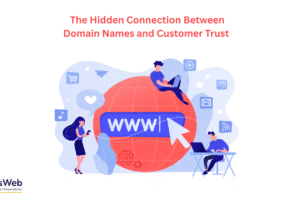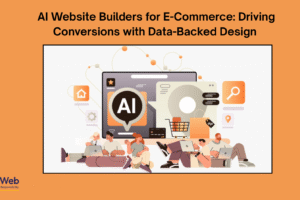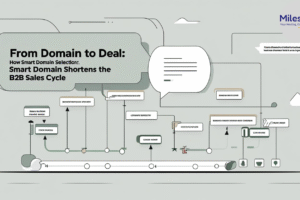How to Develop a Content Strategy in 7 Steps: Both the entrepreneurs who are just starting their careers and those who are already in business should revise their content strategy from time to time.
Customers’ needs and requirements change rapidly, and it sometimes happens without us realizing it. That is one of the reasons why businesses start losing customers suddenly.
What you need to do is develop a content strategy that is flexible. This is not an easy process. However, if you know the right steps, you can do it efficiently. Let’s see what those steps are!
Who are your customers?
No matter what your line of work is, one thing never changes. You always need to know who your customers are. That is a necessary step before you can define your goals. With that in mind, you should first do thorough research on your customers:
- understand their needs;
- define customer pain points;
- group customers based on demographics;
- learn customers’ spending habits;
Knowing all of this will make it possible to understand content marketing, define business goals, and steer your content strategy in the right direction.
# How does your content solve your customers’ problems?
This is how you get new and keep old customers. Solving their problems. Think about your content. If you know what the customer pain points are, how is your content solving them?
If you have different types of content, you also need to think about making it flexible. If it’s not working for one group of customers, maybe it will work for the other.
You need to match your content to the right group of customers. Repurposing content may solve your problem. The smart way to do this is to create content so that you can reuse it in other projects.
# Define the most efficient types of content
Are you creating videos for YouTube or articles for a blog? What about audio podcasts? There are many types of content at your disposal.
What you need to do is to figure out what kind of content works best for your clients. Once you understand that, you also need to optimize content to find the right audience.
# Where will you publish your content?
There are a lot of different ways to distribute content. You can do it via email, on your website, using social media, and so on.
While you may have a favorite channel for publishing content, that might not work for your clients. You need to be where your customers are.
While researching customers, find out what channels they use the most. Those are the channels you want to use as well. This is an excellent strategy that will help you quickly get your content in front of the right people.
# Who are your content creators?
Researching the market and your customers are essential. But, you also need to define who does what in the content creation process.
Once you have a clear picture of how content creation works, you need to assign roles to your employees. For example, you will need people to:
- research the market;
- create content;
- do content optimization;
- distribute content;
- get user feedback;
The entire process consists of different steps. Know exactly who is in charge of what.
# Do content audits
One of the most critical steps of the content creation process is quality control. Content audits are crucial because they improve your content.
If you don’t get it right from the start, you need to figure out what needs to be changed. You can do this manually or purchase software to improve the process.
When we talk about using tools for improving content quality, there are interesting solutions at your disposal. However, before you decide to purchase any tool, know your budget first. It is easy to spend more money than you intended.
With that in mind, let’s talk about the seventh step.
# How will you measure the success of your content?
Once you publish your content and the customers start paying attention to it, you need to know if it is successful or not. This is not always the easiest thing to do.
For example, if you use the content for advertising products on your eCommerce website, you might want to check your sales. Adding a CTA button at the end of an article will tell you if a person bought something after reading it.
But, if you are only using the content to advertise your business, you cannot really know if the purchase happened because of the content or not.
The main thing to figure out is whether you want to use ROI or ROAS as a measurement of success.
ROI, or Return on Investment, tells you how much money you spent and earned during a given period of time.
ROAS, or Return on Advertising Spend, tells you how much money you spent on advertising.
The main difference is that ROAS tracks your profit compared to how much you spent on advertising.
ROI considers other expenses as well, like employee salaries, production costs, etc. It is possible to have a positive ROAS but a negative ROI because your company has more expenses than the profit.
# Develop a content strategy template and use it wisely
Now that you understand the most important steps of content strategy creation, we can talk about how to use it smartly. You want to develop a content strategy template that you can reuse whenever you need it.
This process is complex, and you don’t have time to start from scratch whenever you create a new piece of content. Define all the processes, and your content strategy will work as well-oiled machinery.
As a key takeaway, remember to understand who your clients are and define business goals based on those findings. Best of luck!














